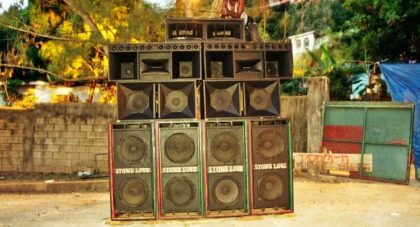The importance of the Hampton Grease Band is almost always reduced to factoids. Mainly that their sole album, 1971’s Music To Eat, was allegedly the second worse-selling double-LP in Columbia Records’ history, after an instructional yoga set.
The Hampton Grease Band deserve better. The Hampton Grease Band were the South’s first freaks, and still their most incredible . . .
Only the good shit. Aquarium Drunkard is powered by its patrons. Keep the servers humming and help us continue doing it by pledging your support.
To continue reading, become a member or log in.


